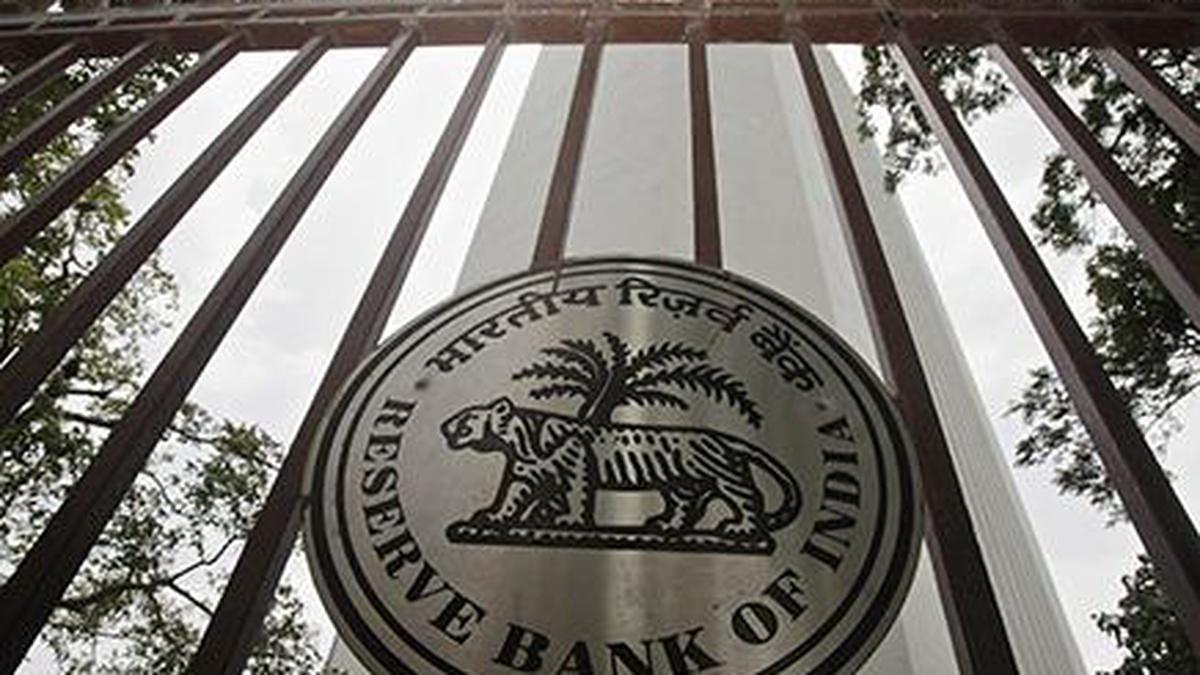RBI’s Risk-Based Internal Audit Framework: Comprehensive Implementation Guide for Financial Institutions
Introduction
In 2021, the Reserve Bank of India extended its Risk-Based Internal Audit (RBIA) framework to certain categories of Non-Banking Financial Companies and Urban Co-operative Banks, building on the existing requirements for commercial banks. This significant regulatory development establishes a structured approach to internal audit that focuses audit resources on areas of highest risk, enhancing the effectiveness of the third line of defense in financial institutions.
What is the Risk-Based Internal Audit Framework?
The RBIA Framework outlines the approach, methodology, governance, and operational requirements for conducting internal audits based on the risk profile of business units, products, and processes rather than a traditional transaction-based approach. It shifts the audit focus from checking transaction accuracy to evaluating risk management effectiveness, control design, and governance processes in a forward-looking manner.
Why is Risk-Based Internal Audit Required?
- Optimizes audit resources by focusing on high-risk areas
- Provides better assurance on risk management effectiveness
- Aligns audit priorities with the organization’s risk profile
- Enhances the strategic value of internal audit
- Addresses evolving business and regulatory challenges proactively
Key Components of the RBIA Framework
Governance Requirements
- Board and Audit Committee responsibilities
- Internal Audit Charter development
- Independence and reporting structure
- Head of Internal Audit appointment criteria
- Quality assurance program requirements
Risk Assessment Methodology
- Risk identification approach
- Risk categorization standards
- Risk scoring methodology
- Risk matrix development
- Risk prioritization framework
Audit Planning and Execution
- Risk-based audit planning process
- Audit frequency determination
- Resource allocation methodology
- Audit scope definition based on risk
- Audit techniques and procedures
Reporting and Follow-up
- Audit report structure and content
- Issue severity classification
- Management response requirements
- Follow-up and validation process
- Escalation mechanism for unresolved issues
RBIA Quality Assurance
- Internal quality assurance process
- External quality assessment requirements
- Continuous improvement mechanism
- Performance metrics development
- Stakeholder feedback incorporation
Applicability Across Financial Institutions
NBFCs
- Threshold for mandatory implementation (₹5,000 crore asset size)
- Scale-based applicability considerations
- Phase-wise implementation approach
- Core vs. enhanced requirements
- Group structure considerations
Banks
- Universal implementation requirements
- Proportionality considerations based on size
- Branch audit integration with RBIA
- Specialized business audit requirements
- Overseas operations audit approach
Urban Co-operative Banks
- Threshold-based implementation (₹500 crore and above)
- Simplified framework for smaller UCBs
- Cooperative structure considerations
- Local market focus accommodations
- Resource constraint adaptations
Implementation Requirements
Transition from Traditional Audit
- Gap assessment requirements
- Methodology development timeline
- Technology enablement approach
- Skill enhancement requirements
- Parallel running considerations
Risk Assessment Framework
- Institution-specific risk taxonomy development
- Risk and control library creation
- Risk rating criteria establishment
- Risk level determination methodology
- Control effectiveness evaluation approach
Audit Universe Management
- Audit universe definition criteria
- Business unit risk profiling
- Product and process risk assessment
- Audit cycle determination
- Dynamic reassessment mechanism
Specialized Audit Areas
- Information technology audit integration
- Compliance audit alignment
- Fraud risk assessment incorporation
- Market risk audit approach
- Credit risk audit methodology
Implementation Challenges and Solutions
Methodology Development
- Risk assessment framework development
- Scoring model creation
- Risk factor identification
- Control effectiveness criteria
- Residual risk evaluation approach
Technology Enablement
- Audit management system implementation
- Risk assessment tool development
- Documentation and workpaper management
- Issue tracking system requirements
- Data analytics capability building
Skill Enhancement
- Auditor competency assessment
- Training and development programs
- Specialized skill acquisition
- Risk-based thinking development
- Business understanding enhancement
Cultural Change Management
- Stakeholder expectation setting
- Management buy-in strategies
- Audit committee education
- Transition communication approach
- Value demonstration techniques
Key Focus Areas Under RBIA
Strategic and Business Risks
- Business model viability assessment
- Strategic plan execution evaluation
- Competitive landscape analysis
- Business continuity capability
- Market disruption preparedness
Credit Risk Management
- Loan origination process evaluation
- Credit approval mechanism assessment
- Portfolio monitoring effectiveness
- Collection efficiency evaluation
- Credit risk models validation
Operational Risk Areas
- Process design and effectiveness
- Control environment assessment
- Fraud risk evaluation
- Outsourcing risk management
- People risk assessment
Technology Risk
- IT governance assessment
- Cybersecurity control evaluation
- Digital transformation risk
- Application control testing
- IT operations resilience
Compliance Risk
- Regulatory compliance assessment
- Policy adherence evaluation
- Regulatory change management
- Compliance control effectiveness
- Compliance culture assessment
Integration with Other Risk Frameworks
Enterprise Risk Management
- Alignment with ERM framework
- Common risk language usage
- Risk appetite consideration
- Risk aggregation coordination
- Combined risk assessment approaches
Regulatory Compliance Frameworks
- Harmonization with compliance functions
- Regulatory exam finding integration
- Compliance testing coordination
- Joint risk assessment possibilities
- Regulatory report validation approach
External Audit Coordination
- Information sharing framework
- Reliance strategy development
- Coordinated audit planning
- Overlapping work reduction
- Combined assurance approach
Conclusion
The RBI’s Risk-Based Internal Audit Framework represents a significant evolution in the internal audit function of financial institutions, shifting focus from transaction verification to risk management and control effectiveness. Organizations that implement RBIA effectively will be better positioned to provide meaningful assurance to their boards and regulators while adding strategic value through forward-looking risk insights.














